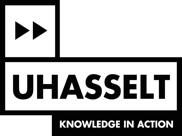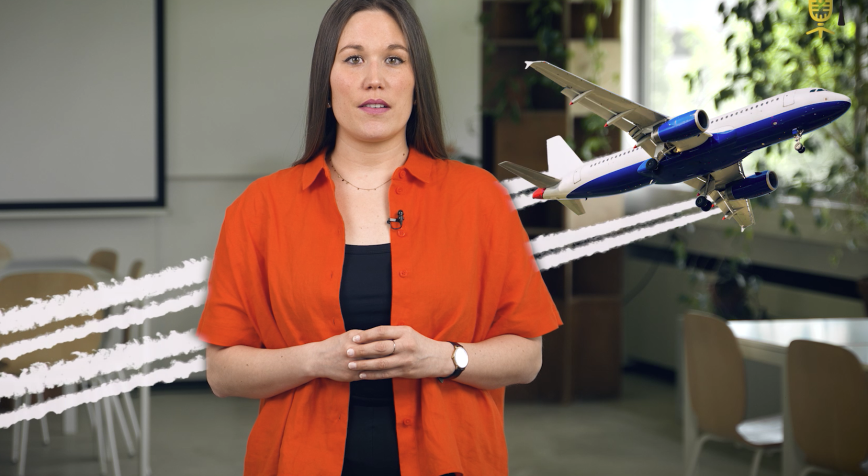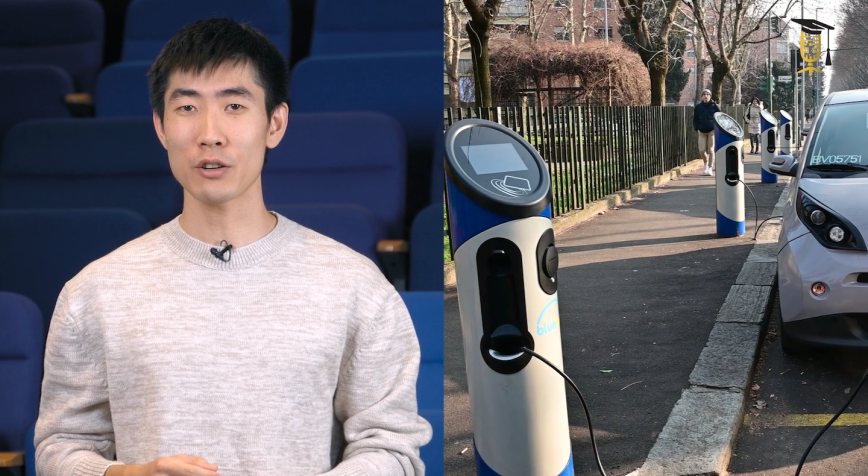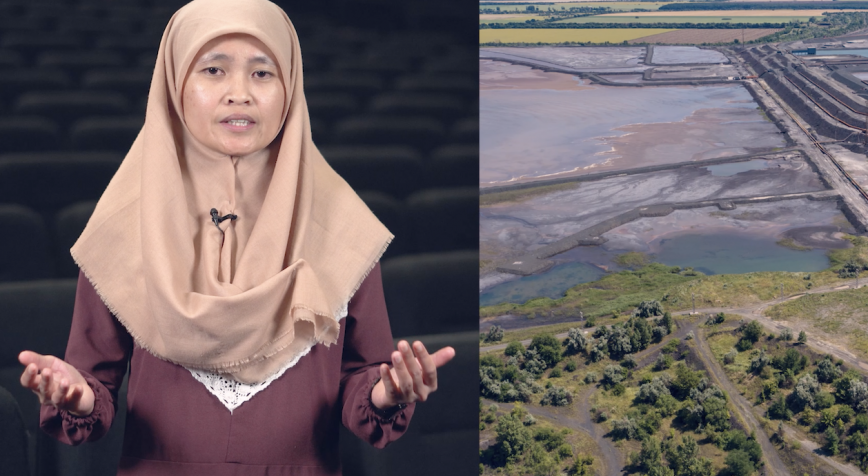About the research
Did you know that the earth is continuously monitored to detect clandestine nuclear weapons testing? Unfortunately, hospitals and other civilian installations throw a spanner in the works. These also emit radioactive xenon gas in very small & harmless quantities, but this turns out to be enough to disturb the detection. Christophe Gueibe (SCK-CEN - UHasselt) explores how to help solve this problem so that we can better detect clandestine nuclear weapons tests.
New materials
Technology
Extra logo's

Contact Christophe





